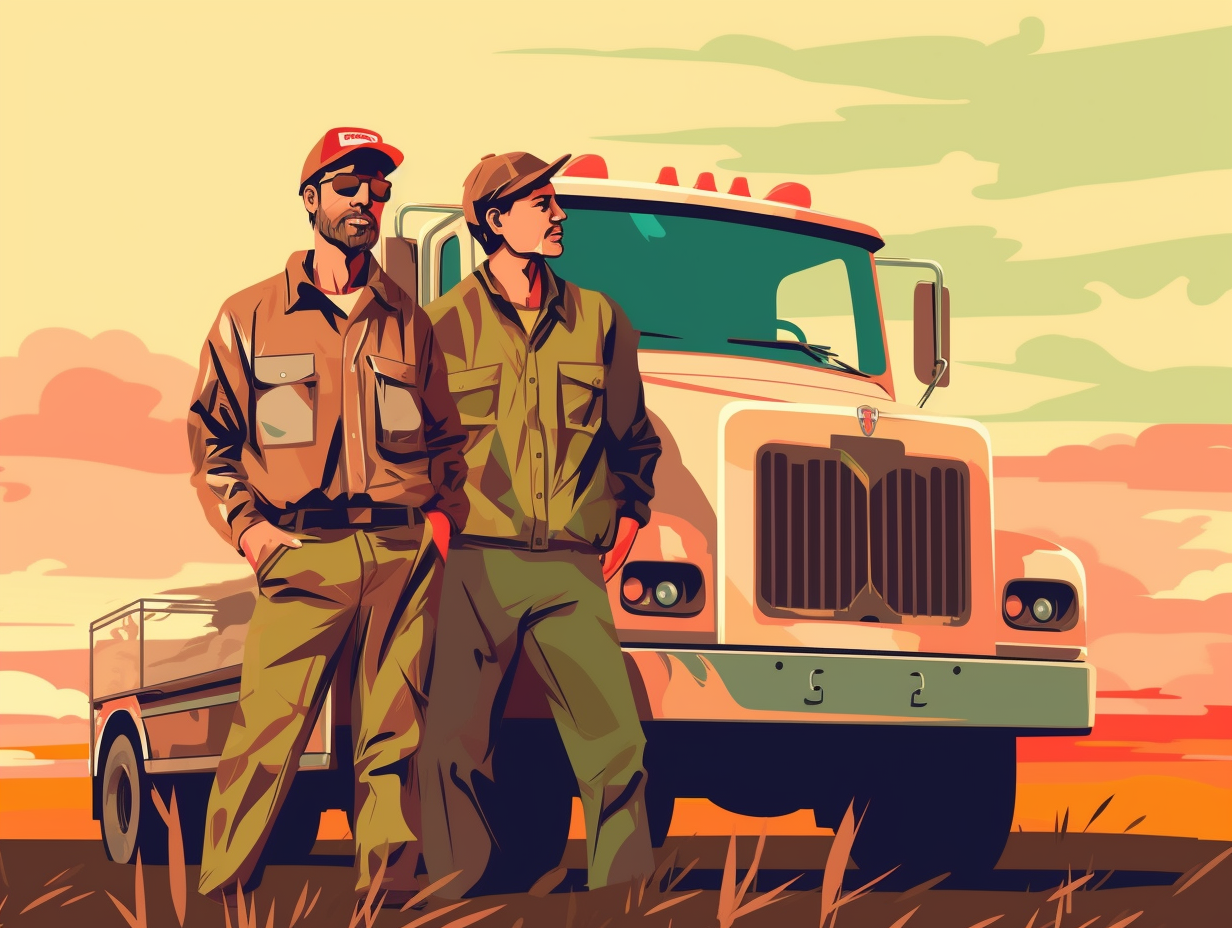5 Unbelievable Fun Facts About Ambulances You Never Knew!

1. From Horseshoes to Horsepower
Before doctors could "roll in the deep" with Adele or "take a ride on the wild side" with Lou Reed, ambulances had to ditch their horseshoes for some horsepower: The first emergency ambulances actually date back to 1487 with Isabella I of Castile's troops, but it's the 19th and 20th-century innovations that transformed them into self-powered lifesavers. The first mass-produced automobile-based ambulance was made in the U.S. in 1909 by James Cunningham, Son & Company, and by World War I, the Red Cross introduced motor ambulances to the battlefield, forever changing the face of rescue missions and emergency medicine.
Source => en.wikipedia.org
2. Ambulance Sirens: The Original Song Stoppers
Before the days when ambulance sirens were the only thing drowning out your favorite song on the radio: The first hospital-based ambulance service in the U.S. was established in 1865 by the Commercial Hospital in Cincinnati, Ohio, equipped with splints, morphine, and brandy, while boasting a quick-response drop harness to speedily attend to 1,401 emergency calls in its first year and growing to over 4,392 calls 21 years later.
Source => en.wikipedia.org

Did you know your car's airbags are filled with nitrogen gas and inflate in just 20-30 milliseconds? Discover how these fast and fluffy lifesavers protect drivers of all sizes!
=> Fun Facts about Airbags
3. Giddy Up to the Emergency Scene
Before EMTs could gas up and go, they had to giddy up and trot: The first motor-powered ambulance cruised onto the scene in the late 19th century, with Chicago's Michael Reese Hospital receiving the first automobile ambulance in 1899, followed by New York City in 1900, and the gasoline-powered Palliser Ambulance debuting in 1905 for battlefield use.
Source => en.wikipedia.org
4. Disco Meets Ambulance
Who knew that the disco scene was influencing the world of ambulances? Prepare for your mind to be lit up like a strobe light: LED lights are taking over ambulance lighting due to their energy efficiency and superior visibility, converting up to 95% of energy into visible light and lasting longer than traditional halogen lights – a truly cost-effective and sustainable way to keep the siren-wailing heroes safe and visible while saving lives!
Source => extremetacticaldynamics.com

5. When TV Shows Save Lives
Not your average Grey's Anatomy drama: The 1970s TV show Emergency!, which showcased the lifesaving adventures of L.A. County Fire Department's Station 51 paramedic unit, played a pivotal role in inspiring the establishment of real-life paramedic programs across the United States, including the Los Angeles County Paramedic Training Institute.
Source => themoviedb.org
Related Fun Facts




















